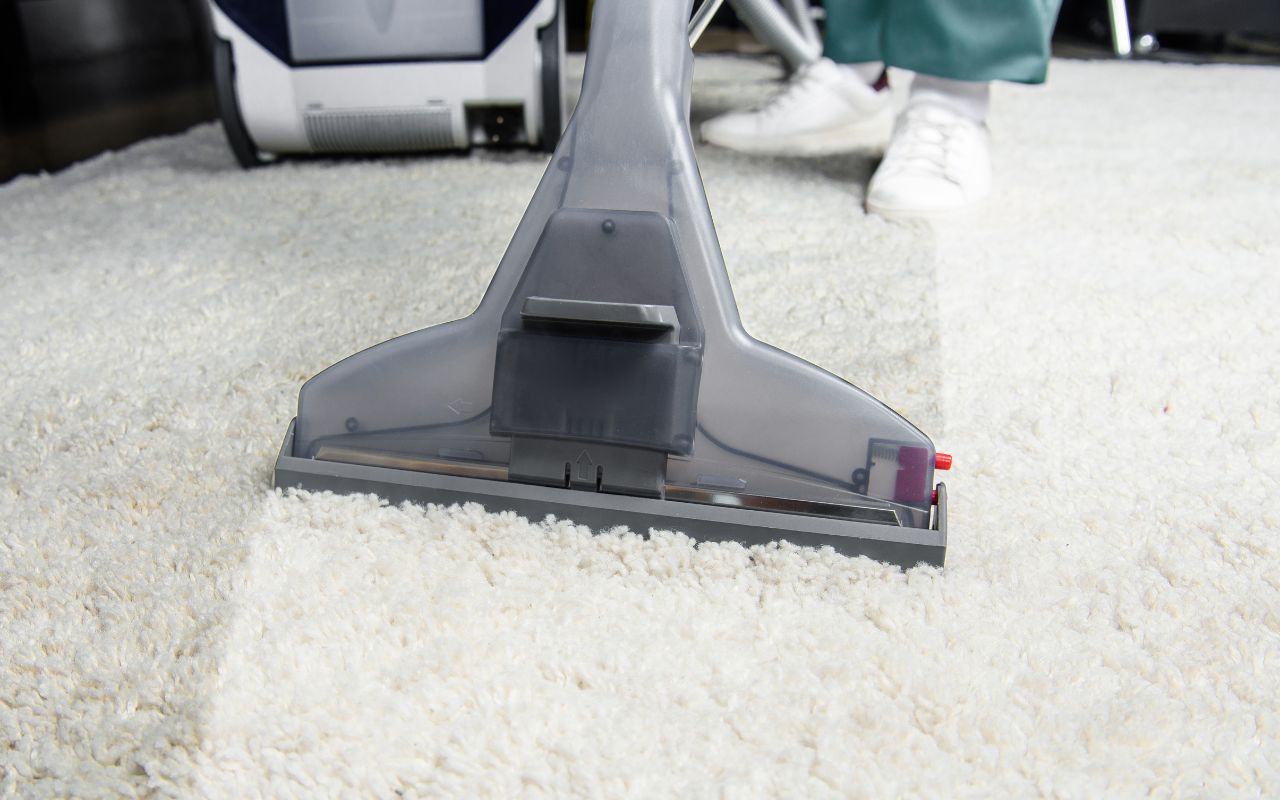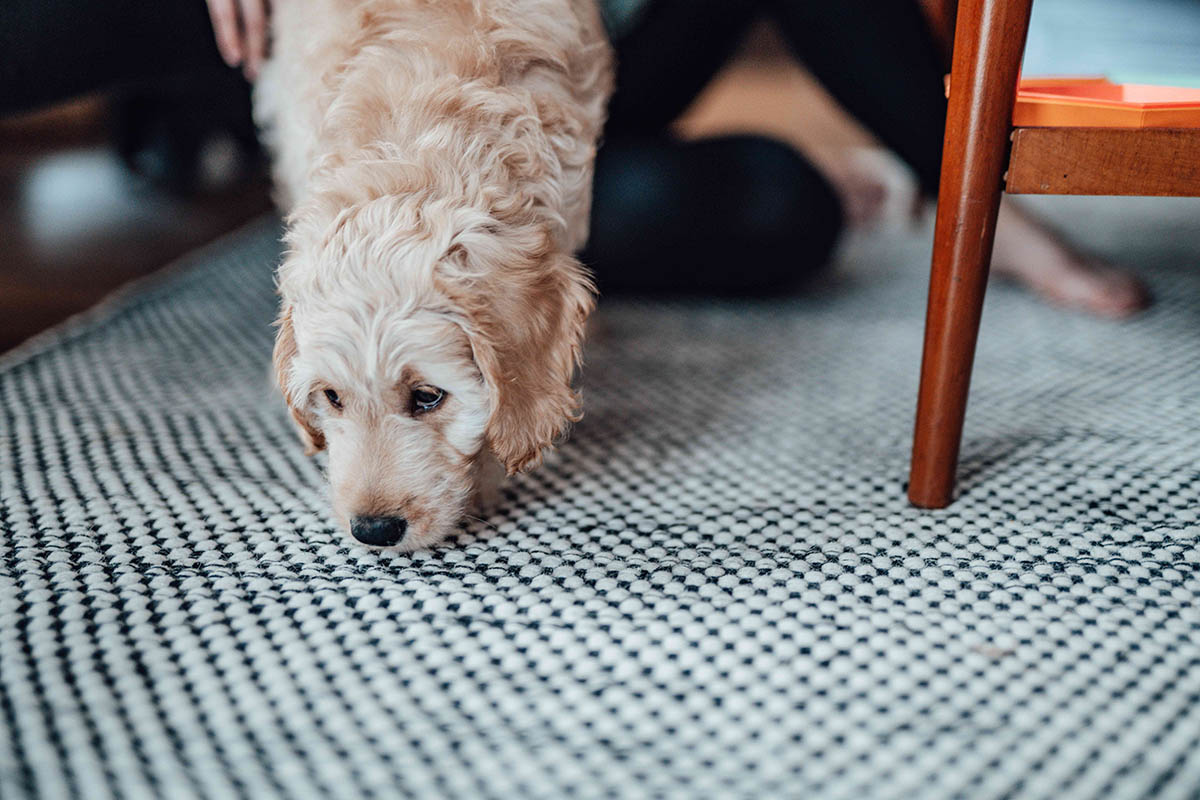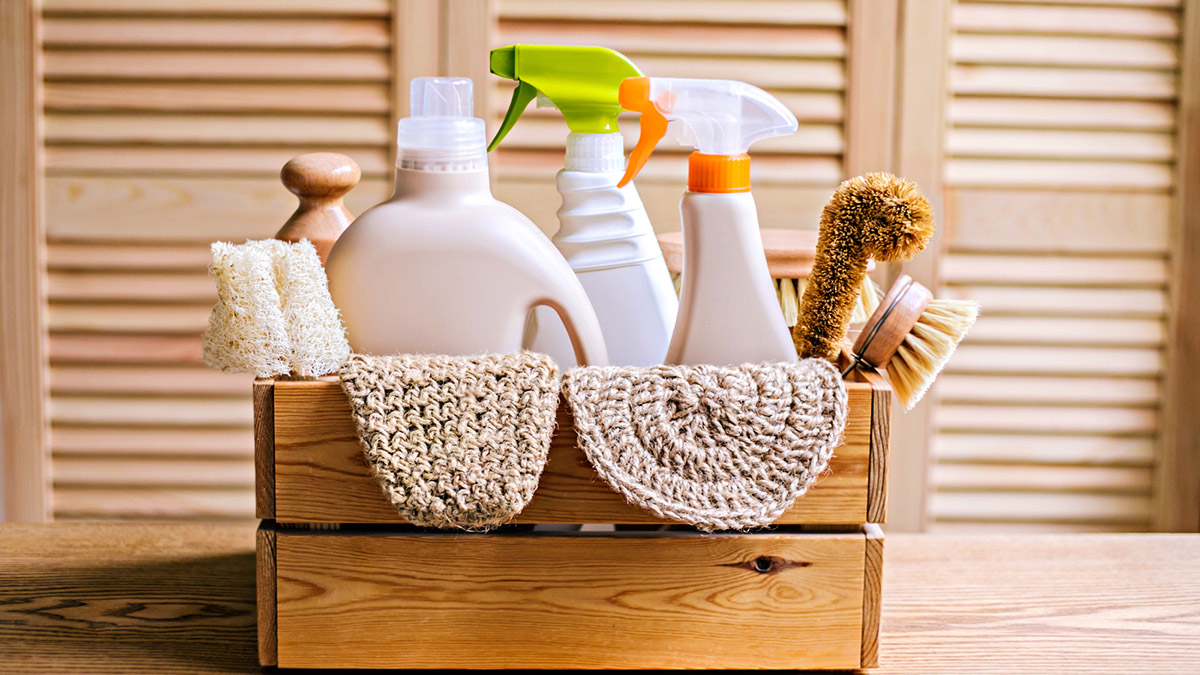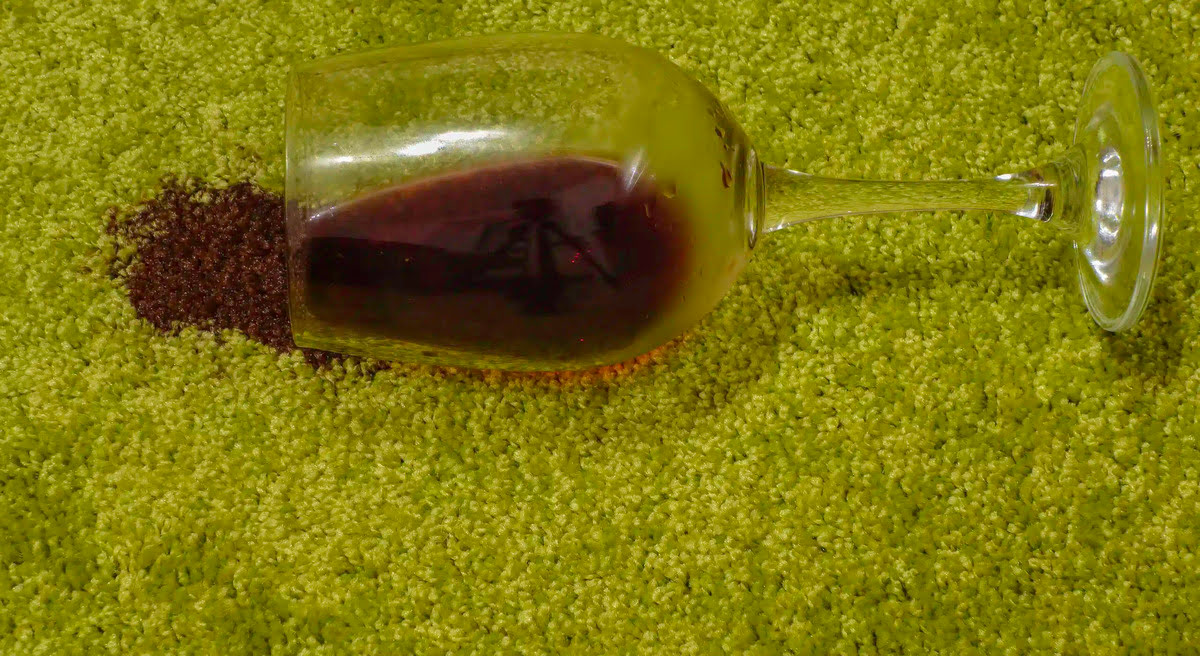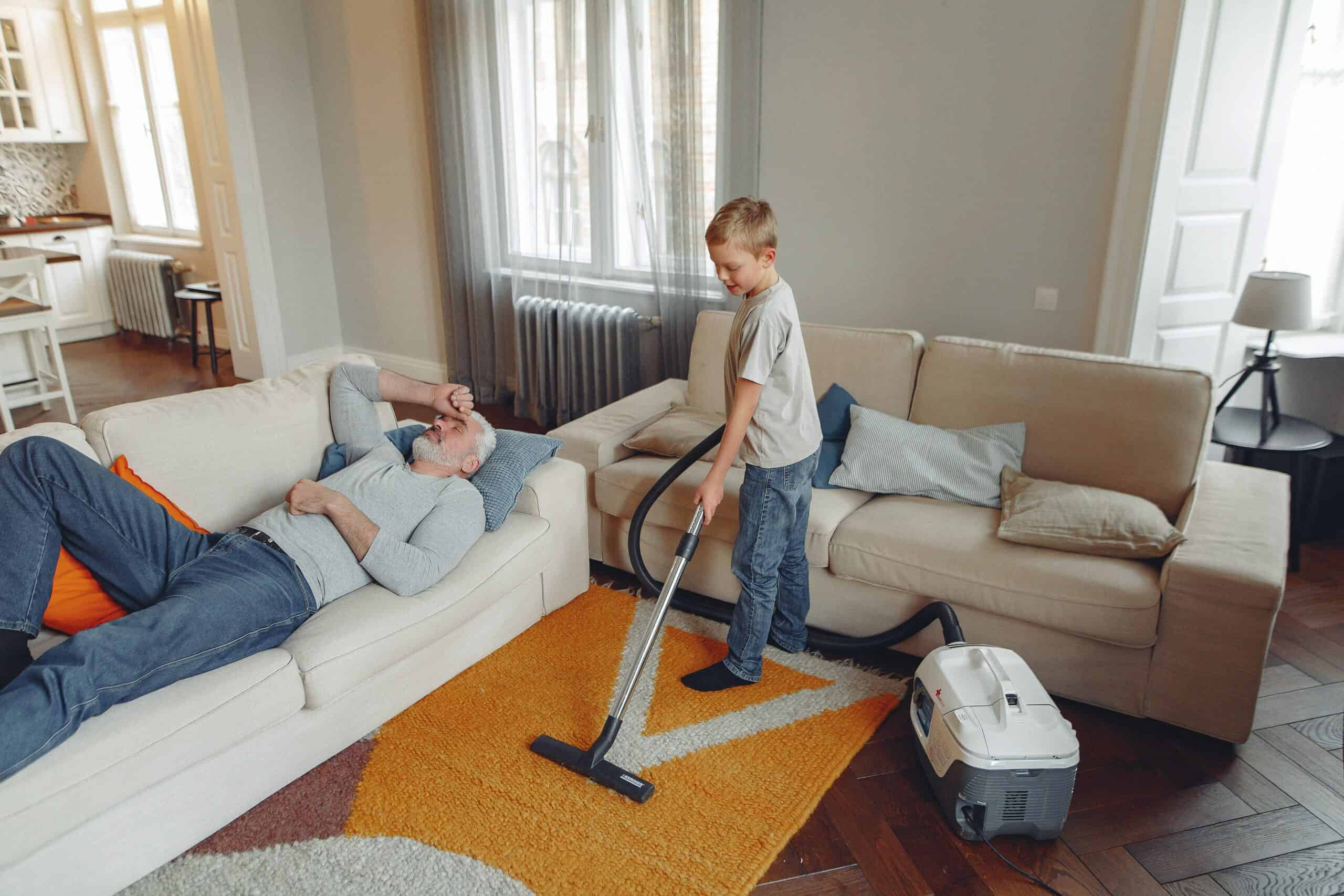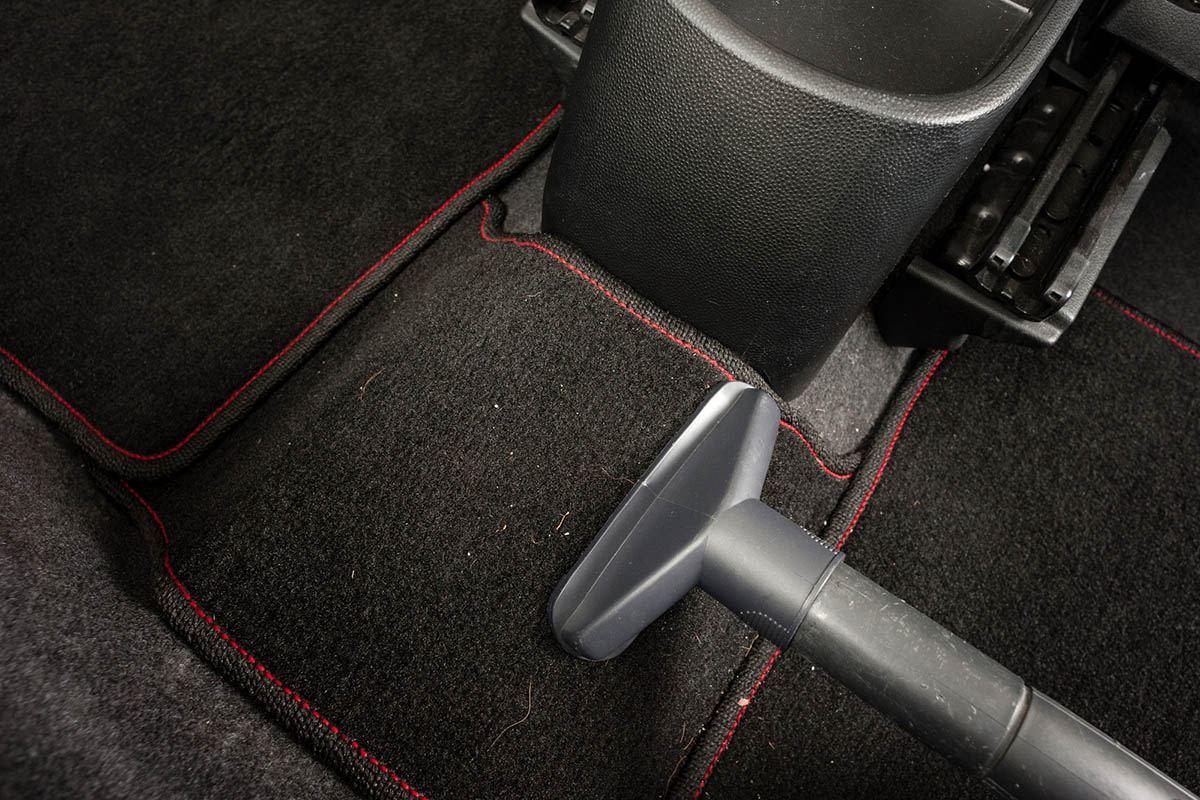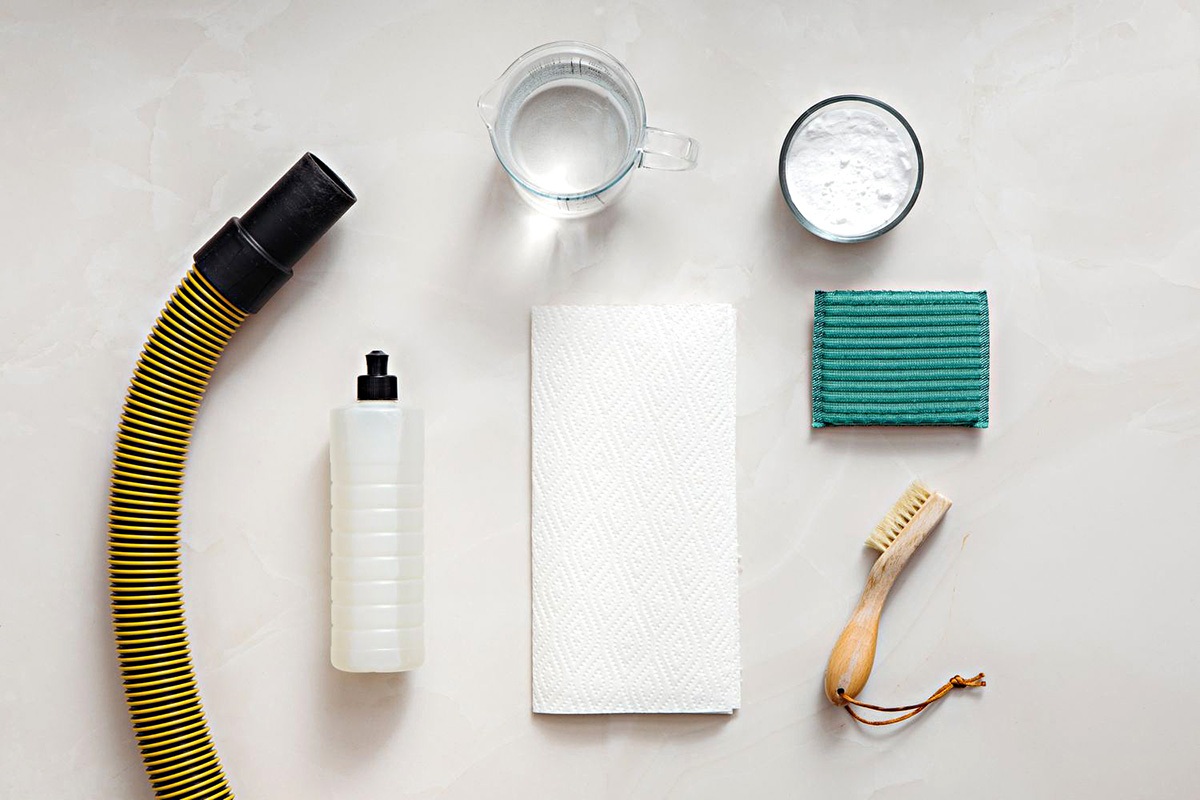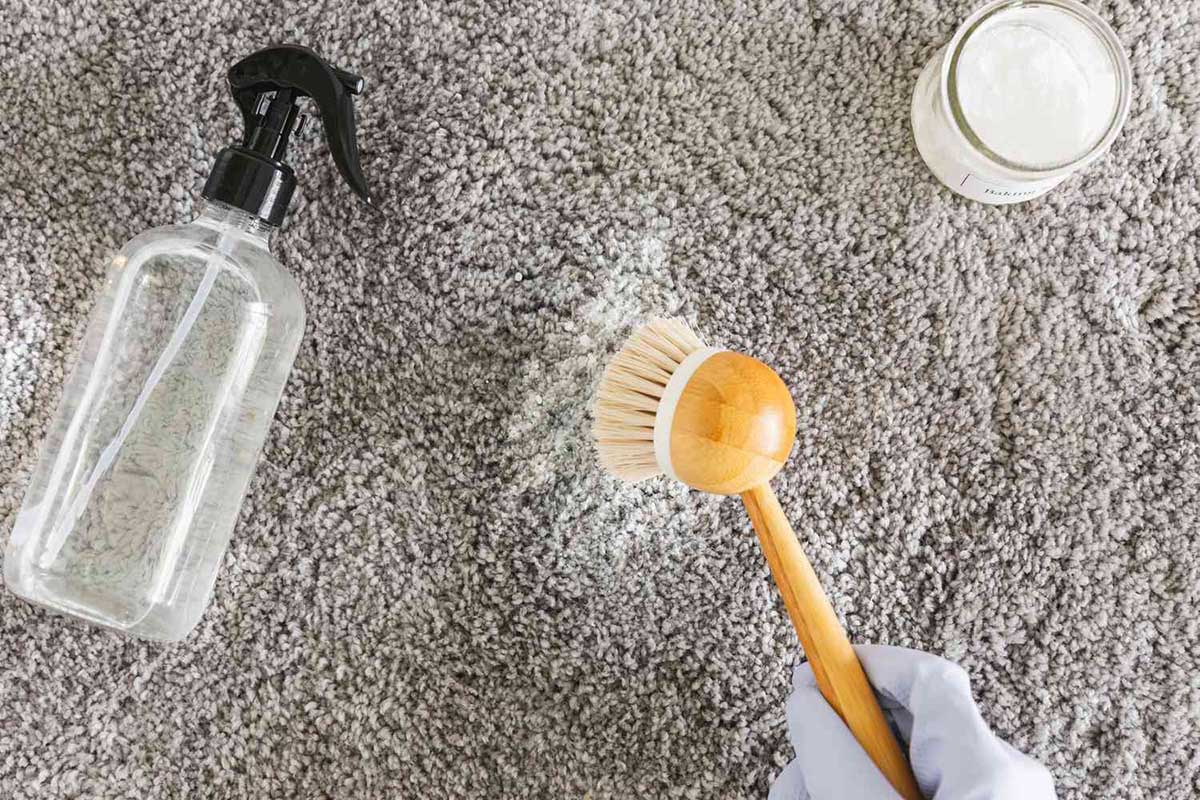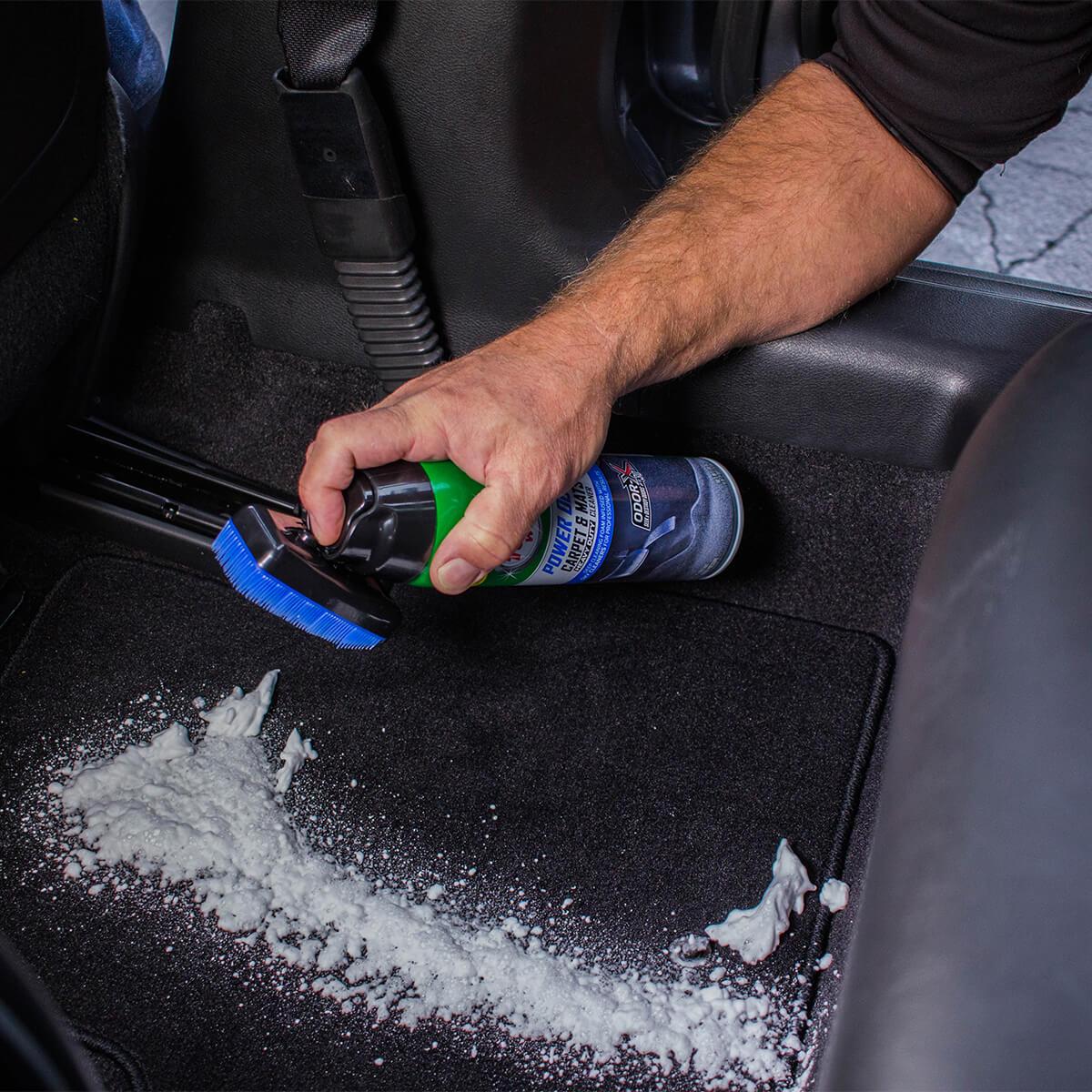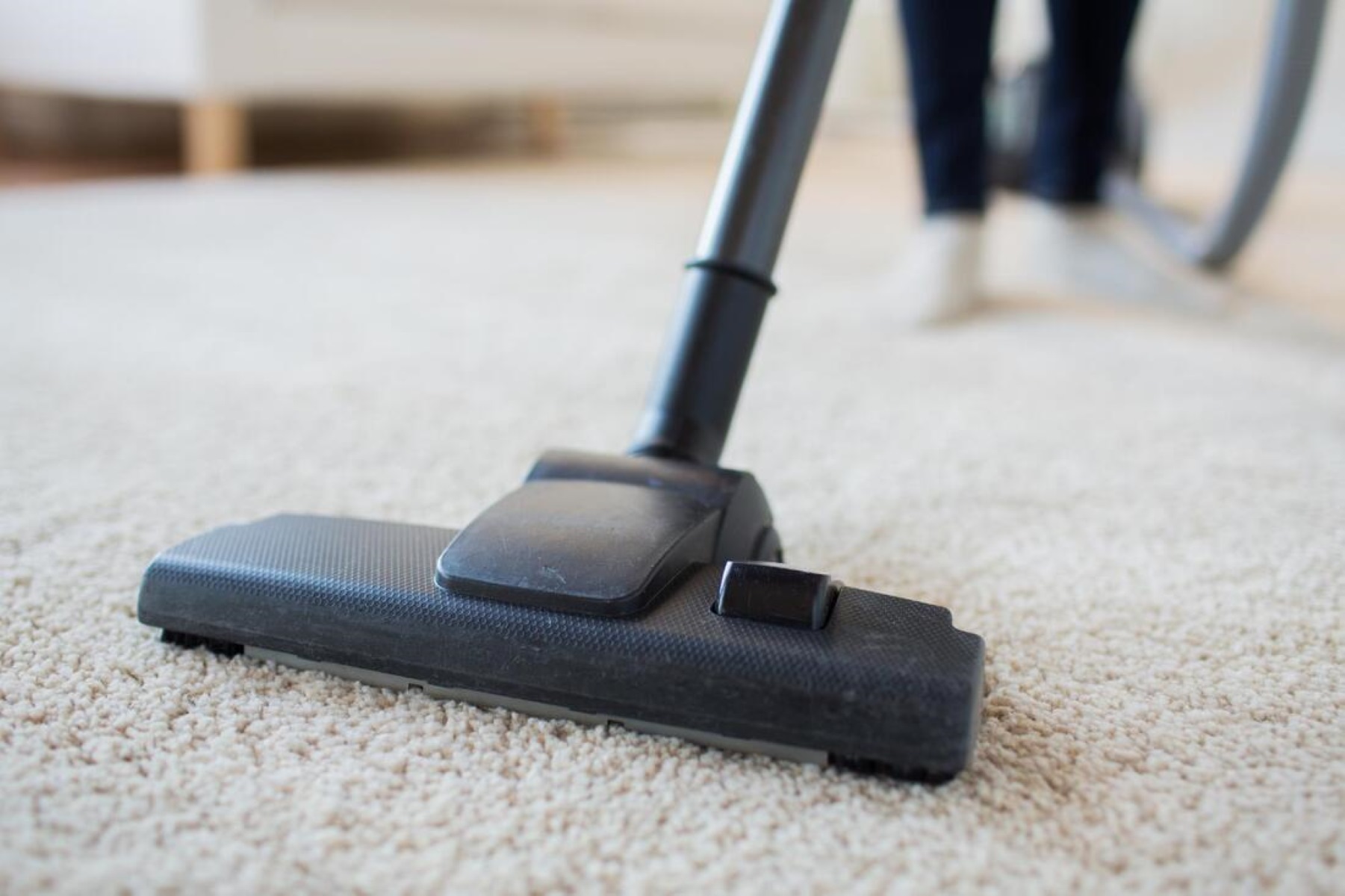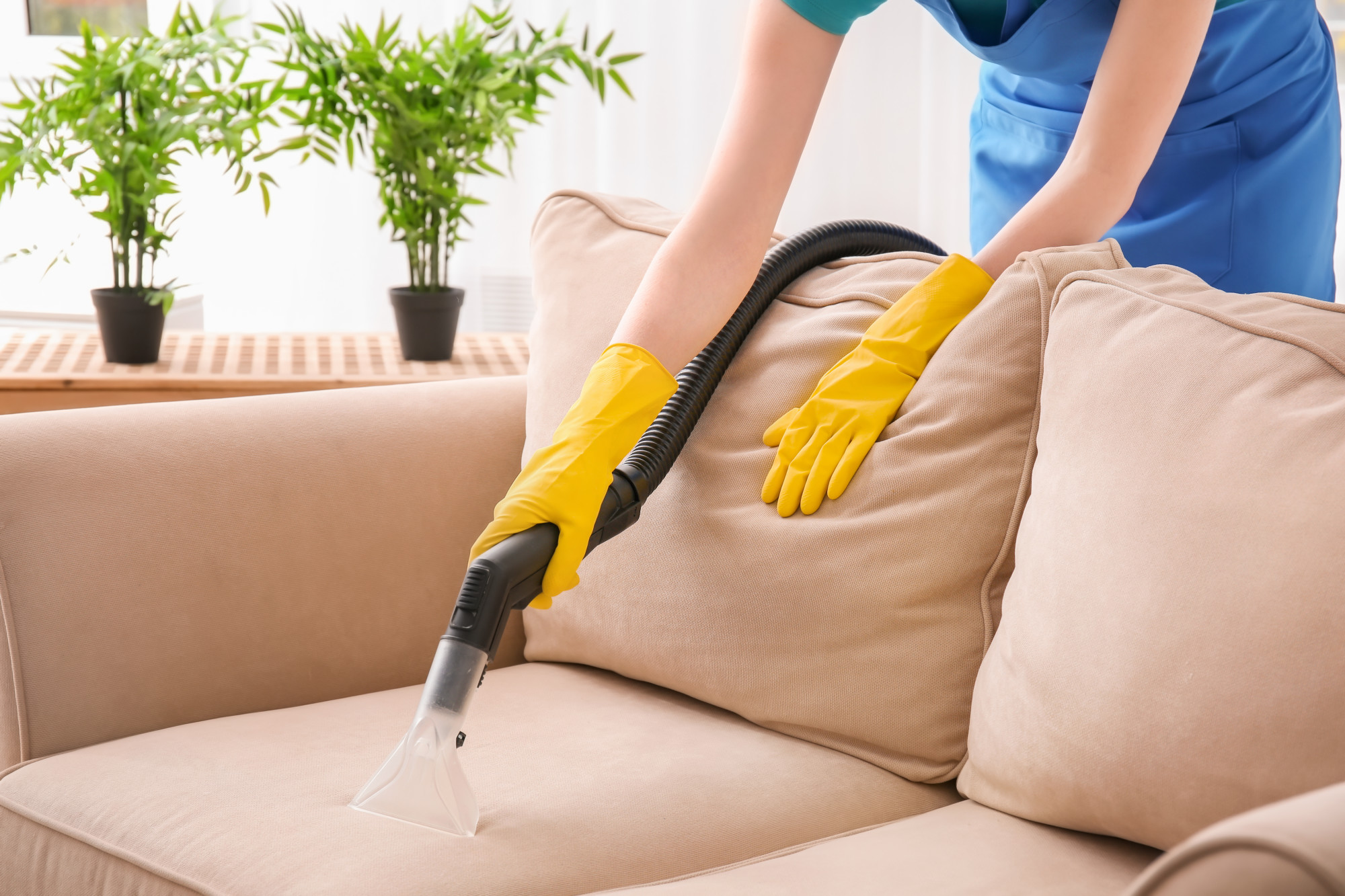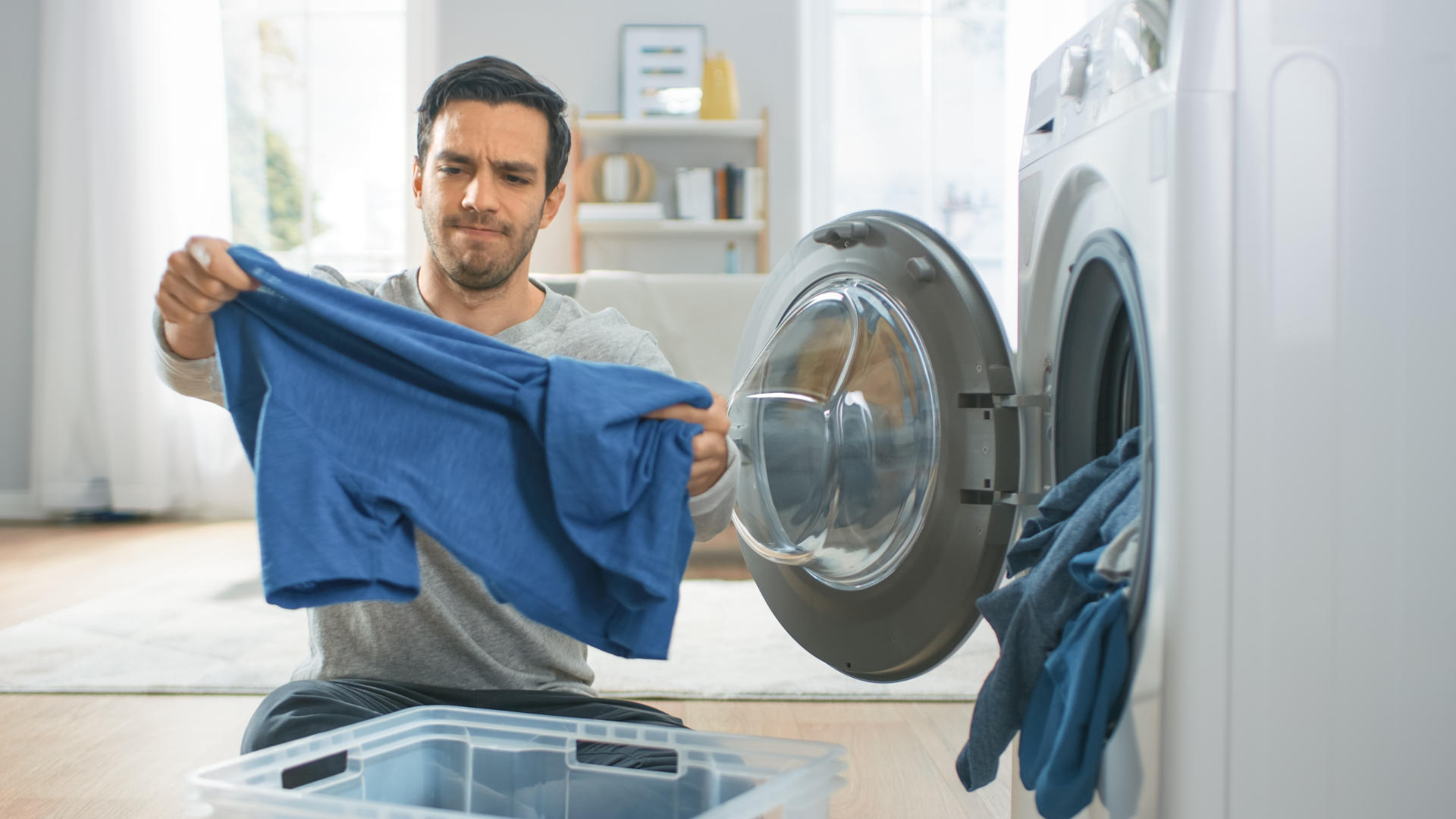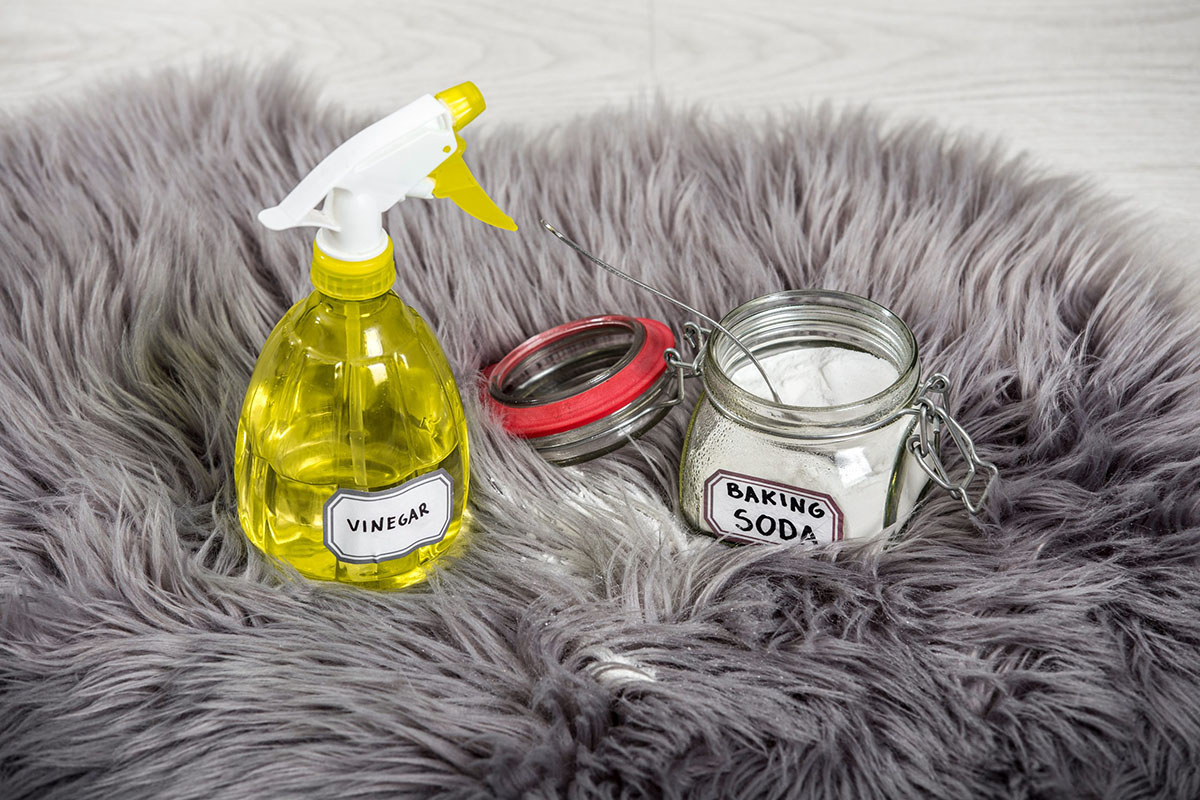

Articles
How To Get Out Mildew Smell From A Carpet
Modified: January 19, 2024
Learn effective methods to remove mildew smell from your carpet with these informative articles. Say goodbye to unpleasant odors and enjoy fresh, clean carpets.
(Many of the links in this article redirect to a specific reviewed product. Your purchase of these products through affiliate links helps to generate commission for Storables.com, at no extra cost. Learn more)
Introduction
Having a fresh and clean-smelling carpet can instantly improve the overall ambiance of your home. However, dealing with unpleasant odors, such as the notorious mildew smell, can be a real challenge. Mildew, a type of mold that thrives in humid environments, can quickly take hold in carpets, leaving behind a musty and unpleasant odor. While the presence of mildew can be a sign of excess moisture or water damage, it is important to tackle the issue promptly to prevent further damage and improve the air quality in your home.
In this article, we will explore effective methods to get rid of mildew smell from your carpet and restore freshness to your living space. Whether you are dealing with a mild case of mildew or a more stubborn odor, these tips will help you eliminate the smell and prevent it from coming back.
Key Takeaways:
- Say goodbye to mildew smell in carpets by using natural solutions like vinegar, baking soda, hydrogen peroxide, and enzyme cleaners. Follow preventive measures to maintain fresh, odor-free carpets and a healthy indoor environment.
- Address mildew smell promptly with effective cleaning methods and preventive measures. From ventilation to professional cleaning, take proactive steps to eliminate odors and maintain fresh, clean carpets in your home.
Read more: How Do You Get Mildew Smell Out Of A Carpet
Understanding Mildew Smell in Carpets
Mildew is a type of mold that thrives in damp and poorly ventilated environments. When it finds a suitable surface, such as carpet, it can quickly colonize and release spores that create the characteristic musty odor. The presence of mildew in carpets is often a result of excessive moisture due to factors like leaks, spills, or high humidity levels.
The musty odor associated with mildew can be quite unpleasant and may even trigger allergies or respiratory issues in sensitive individuals. Therefore, it is crucial to address the issue promptly and eliminate the mildew smell from your carpet.
Before proceeding with odor removal techniques, it is essential to identify the root cause of the mildew smell. Inspect your carpet for any signs of water damage or moisture buildup. If there are visible wet spots, leaks, or excessive humidity in your home, it is important to address these issues first to prevent the mildew from returning.
If the mildew smell in your carpet persists even after addressing the underlying moisture issue, it is time to take action and employ effective cleaning methods to remove the odor and restore freshness to your carpet.
Preparing to Get Rid of Mildew Smell
Before diving into the process of eliminating the mildew smell from your carpet, it is important to prepare adequately. Here are some essential steps to follow:
- Ventilation: Open windows and doors to allow fresh air to circulate in the room. Good airflow will help in reducing the musty smell.
- Remove Furniture: If possible, move furniture and other items from the carpeted area to have better access for cleaning. This will also prevent the cleaning solutions from damaging or discoloring your furniture.
- Vacuuming: Vacuum the affected carpet thoroughly to remove any loose dirt, debris, and surface mold or mildew spores. Use a vacuum cleaner with a high-efficiency particulate air (HEPA) filter to prevent the spread of spores.
- Spot Testing: Before applying any cleaning solutions to your entire carpet, perform a spot test in a small, inconspicuous area to ensure that it does not cause any discoloration or damage.
Once you have completed these preparatory steps, you are ready to tackle the mildew smell head-on and bring back the freshness to your carpet.
Removing Mildew Smell using Vinegar
Vinegar is a natural and effective solution for removing mildew smell from carpets. Its acidic properties help neutralize odor-causing bacteria and fungi. Here’s how to use vinegar to eliminate the mildew smell:
- Dilute the Vinegar: In a spray bottle, mix equal parts of white distilled vinegar and water. Shake the bottle well to ensure thorough mixing.
- Spray the Solution: Liberally spray the vinegar solution onto the affected area of the carpet. Make sure to completely saturate the carpet fibers.
- Allow Soaking: Let the vinegar solution sit on the carpet for at least 15-20 minutes. This will allow it to penetrate the fibers and eliminate the mildew smell.
- Blot and Dry: After the soaking period, use a clean cloth or paper towels to blot up the excess moisture from the carpet. Press firmly to absorb as much liquid as possible.
- Additional Steps: For stubborn mildew odors, you can repeat the process or use a soft-bristled brush to gently scrub the affected area along with the vinegar solution. This will help dislodge any remaining odor-causing particles.
- Final Drying: Once you have finished treating the mildew smell with vinegar, ensure that the carpet is completely dry. Use fans or open windows to expedite the drying process.
Remember, vinegar has a strong odor of its own, but it will dissipate as the carpet dries. If the vinegar smell lingers, you can sprinkle baking soda on the carpet and vacuum it up after a few hours to absorb any residual odors.
Vinegar is a safe and inexpensive option for removing mildew smell from carpets. However, if your carpet is made of natural fibers like wool or silk, it’s best to consult a professional cleaner to avoid any potential damage.
Eliminating Mildew Odor with Baking Soda
Baking soda is another fantastic natural ingredient that can help eliminate mildew odor from carpets. Its odor-absorbing properties make it an excellent choice for neutralizing unpleasant smells. Follow these steps to use baking soda for removing mildew odor:
- Prepare the Baking Soda Mixture: In a bowl, mix equal parts baking soda and water to create a thick paste. Stir well until the mixture is smooth.
- Apply the Paste: Using a clean cloth or a brush, apply the baking soda paste directly onto the affected area of the carpet. Spread it evenly, ensuring complete coverage.
- Allow the Paste to Sit: Let the baking soda paste sit on the carpet for a minimum of 2-3 hours. This will give it enough time to absorb the mildew odor.
- Vacuum the Carpet: After the designated time, use a vacuum cleaner with a brush attachment to thoroughly vacuum up the baking soda. Make sure to go over the area multiple times to remove all traces of the powder.
- Repeat if Necessary: If the mildew smell persists, you can repeat the process or sprinkle a generous amount of dry baking soda directly onto the affected area and let it sit overnight. Vacuum it up the following morning.
Baking soda is safe to use on all types of carpets and does not cause any damage or discoloration. Aside from eliminating mildew odor, it also helps in absorbing moisture, which can inhibit the growth of mold and mildew in the future.
To keep your carpets fresh and odor-free, you can also sprinkle a light dusting of baking soda over the entire surface, let it sit for a few hours, and then vacuum it up regularly.
To get rid of mildew smell from a carpet, sprinkle baking soda over the affected area, let it sit for a few hours, then vacuum it up. Repeat as needed.
Read more: How To Get Rid Of Mildew Smell In Car Carpet
Dealing with Stubborn Mildew Smell using Hydrogen Peroxide
Hydrogen peroxide is a powerful cleaning agent and disinfectant that can effectively tackle stubborn mildew smells in carpets. It not only eliminates the odor but also helps kill any remaining mold or mildew spores. Follow these steps to use hydrogen peroxide for mildew odor removal:
- Check for Colorfastness: Before using hydrogen peroxide on your carpet, perform a spot test in a small, inconspicuous area to ensure that it does not cause any color fading or damage to the carpet fibers.
- Prepare the Solution: In a spray bottle, mix equal parts hydrogen peroxide and water. Shake well to thoroughly combine the solution.
- Spray the Solution: Generously spray the hydrogen peroxide solution onto the affected area of the carpet, ensuring complete coverage. Allow the solution to penetrate the carpet fibers.
- Let it Sit: Allow the hydrogen peroxide solution to sit on the carpet for 10-15 minutes. This will give it enough time to break down any remaining mildew and eliminate the odor.
- Dab and Blot: After the designated time, use a clean cloth or paper towels to blot up the excess moisture and hydrogen peroxide from the carpet. Press firmly to absorb as much liquid as possible.
- Rinse with Water: To remove any residual hydrogen peroxide, dampen a clean cloth with water and gently blot the treated area. This will help remove any remaining residue and prevent discoloration.
- Dry the Carpet: Finally, ensure that the carpet is completely dry before allowing foot traffic or replacing furniture. Use fans or open windows to facilitate the drying process.
Hydrogen peroxide is an effective solution for tackling stubborn mildew smells, but it is important to use it with caution. Avoid using it on dark-colored or delicate carpets, as it may cause fading or damage.
If the stubborn mildew smell persists even after using hydrogen peroxide, it is recommended to seek professional carpet cleaning services to ensure thorough odor removal.
Removing Mildew Smell using Enzyme Cleaners
Enzyme cleaners are highly effective in breaking down organic matter, including the fungi that cause mildew odor in carpets. These cleaners contain enzymes that specifically target and digest the odor-causing bacteria. Follow these steps to use enzyme cleaners for removing mildew smell:
- Choose an Enzyme Cleaner: Look for a commercial enzyme cleaner that is specifically formulated for carpets and contains mildew-fighting enzymes. Read the product label for instructions and precautions.
- Preparation: Prepare the enzyme cleaner according to the instructions provided, usually by diluting it with water to the recommended ratio.
- Spot Test: Before applying the enzyme cleaner to the entire carpet, perform a spot test in a small, inconspicuous area to ensure that it does not cause any color fading or damage.
- Treat the Carpet: Apply the enzyme cleaner liberally to the affected area of the carpet. Make sure to saturate the carpet fibers to ensure that the enzymes penetrate deep into the underlying padding.
- Allow Soaking: Leave the enzyme cleaner on the carpet, allowing it to sit and work for the recommended duration specified on the product label. This will vary depending on the specific brand and product.
- Blot and Dry: After the soaking period, use clean cloth or paper towels to blot up the excess moisture and enzyme cleaner from the carpet. Press firmly to absorb as much liquid as possible.
- Final Drying: Ensure that the carpet is thoroughly dry before allowing foot traffic or replacing furniture. Use fans or open windows to facilitate the drying process.
Enzyme cleaners are highly effective in eliminating mildew odors as they break down the organic molecules responsible for the smell. However, keep in mind that enzyme cleaners may take longer to work compared to other cleaning methods, as the enzymes require time to digest the odor-causing bacteria and fungi.
Enzyme cleaners are safe to use on most types of carpets, but it is always recommended to check the manufacturer’s instructions and perform a spot test before applying it to the entire carpet.
Preventing Mildew Smell in Carpets
Prevention is key when it comes to dealing with mildew smell in carpets. By taking proactive measures, you can reduce the chances of mildew growth and prevent the unpleasant odor from occurring in the first place. Here are some preventive steps you can take:
- Maintain Proper Ventilation: Ensure that your home is well-ventilated, especially in areas with carpets. Proper air circulation helps prevent excessive moisture buildup, which is a breeding ground for mildew.
- Control Humidity Levels: Use dehumidifiers or air conditioners to control indoor humidity levels, especially during humid seasons or in areas with high humidity. Keeping humidity levels between 30-50% helps inhibit mildew growth.
- Address Water Damage Promptly: If you experience any water leaks, spills, or flooding, address them immediately. Dry out wet carpets and floors thoroughly and consider using a wet/dry vacuum or professional extraction equipment to remove excess water.
- Regular Cleaning and Vacuuming: Regularly clean and vacuum your carpets to remove dirt, dust, and any potential food sources for mildew. Vacuuming helps prevent debris from settling and creating a favorable environment for mold and mildew growth.
- Use Moisture Barriers: Consider using moisture barriers, such as waterproof carpet padding or a moisture-resistant underlay, especially in areas prone to moisture or water exposure, such as basements or bathrooms.
- Keep Carpets Dry: Avoid over-wetting carpets during cleaning and be cautious when using steam cleaners. Ensure that the carpet dries thoroughly after cleaning to prevent moisture buildup.
- Professional Carpet Cleaning: Schedule regular professional carpet cleanings to ensure deep cleaning, stain removal, and proper maintenance. Professional cleaners have the expertise and equipment to treat and prevent mildew growth.
- Address Mold and Mildew Issues: If you notice any signs of mold or mildew growth in your home, such as discolored patches or a persistent musty smell, address the issue promptly. Consult a professional mold remediation specialist to ensure proper removal and prevention.
By implementing these preventive measures, you can significantly reduce the risk of mildew growth and the accompanying unpleasant smells in your carpets. Taking proactive steps to maintain a clean and dry environment will go a long way in preserving the freshness and longevity of your carpets.
Conclusion
Dealing with mildew smell in carpets can be a daunting task, but with the right techniques, you can effectively eliminate the odor and restore freshness to your living space. It is crucial to address mildew smell promptly to prevent further damage and maintain a healthy indoor environment.
Throughout this article, we have explored various methods for getting rid of mildew smell in carpets. From using vinegar and baking soda to hydrogen peroxide and enzyme cleaners, these natural solutions can help neutralize the odor and eliminate the underlying cause.
However, prevention is key when it comes to mildew smell. By maintaining proper ventilation, controlling humidity levels, promptly addressing water damage, and implementing regular cleaning and maintenance practices, you can reduce the chances of mildew growth and prevent the unpleasant odor from occurring in the first place.
Remember to always follow the instructions provided with each cleaning method and perform spot tests to ensure compatibility with your specific carpet type. If you encounter persistent or severe mildew smells, it is advisable to seek professional assistance to properly assess and treat the issue.
By adopting a proactive approach and incorporating these effective techniques, you can say goodbye to mildew smell and enjoy fresh, clean carpets in your home. Your efforts will not only improve the ambiance but also contribute to a healthier living environment for you and your loved ones.
Frequently Asked Questions about How To Get Out Mildew Smell From A Carpet
Was this page helpful?
At Storables.com, we guarantee accurate and reliable information. Our content, validated by Expert Board Contributors, is crafted following stringent Editorial Policies. We're committed to providing you with well-researched, expert-backed insights for all your informational needs.
